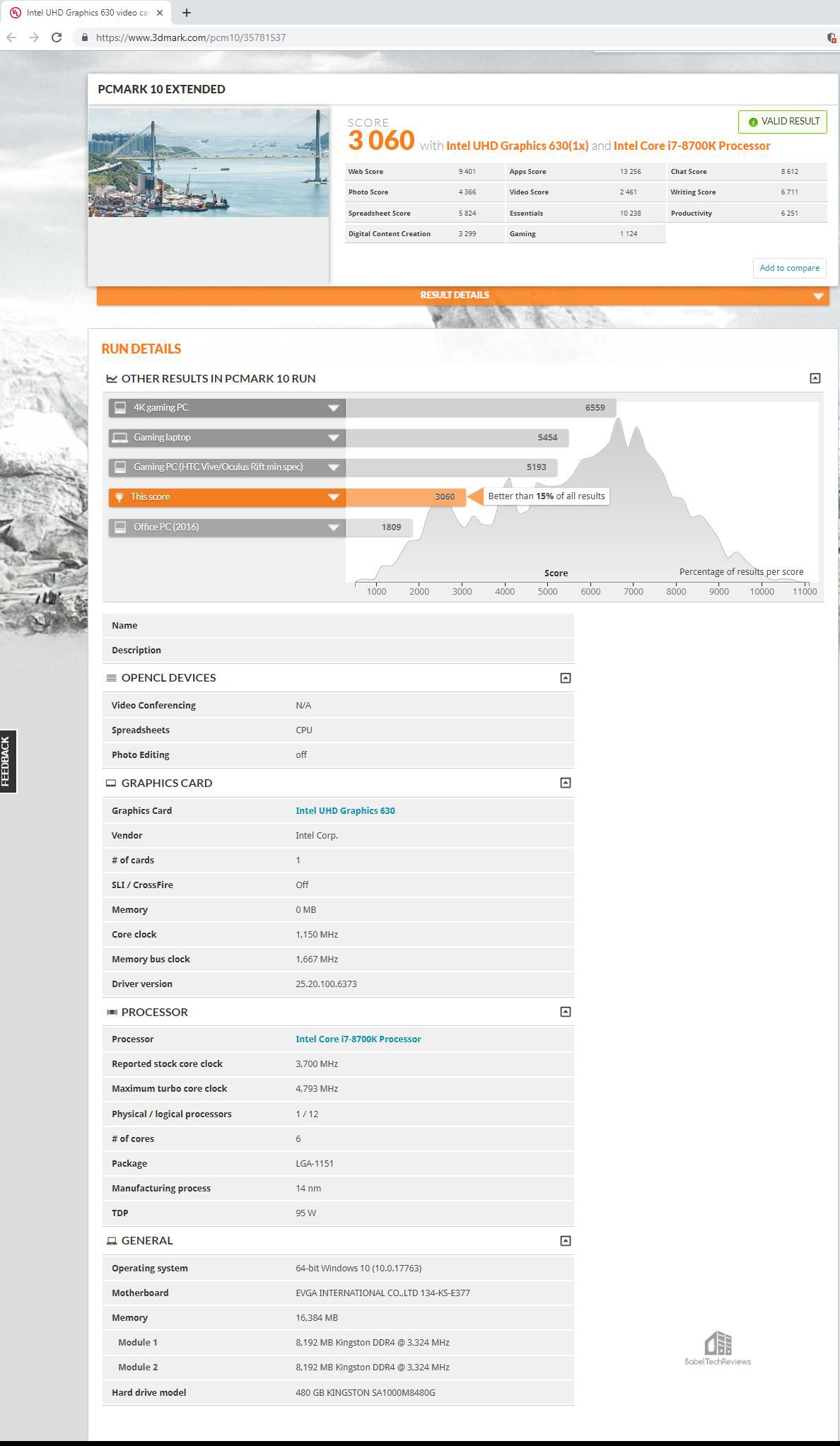

The Video workload will give users a good idea of how long the machines will run if they only want to binge on movies and shows. However, Modern Office includes video conferencing which makes for a more varied run, whereas Applications solely runs productivity workloads which is too specific in our opinion. There’s some overlap between Modern Office and Applications since the former includes web browsing and word processing, which is also tested under the Applications workload. The ones we are most interested in its Modern Office, Video, and Gaming.

Video: Battery Life playing back HD Video.Applications: Battery Life for Microsoft Office.Modern Office: Battery Life for everyday work.These are the test scenarios and what they represent according to UL Benchmarks (the people behind this benchmark, also previously known as Futuremark) : This brings us to the latest version of PCMark 10 which adds a much-requested battery test feature that was designed to more accurately mimic real-world usage by offering a couple of test scenarios. So what then are normal use cases? We have identified this to be web browsing, productivity, and video watching. That's because, as we will find out later, the worst-case scenario battery life and the battery life that you will normally get if you use a notebook sensibly is very different. While it’s fair to say that the final results represent the “worst-case scenario,” the same argument could be made that they are not entirely representative of normal use cases. Furthermore, they put a great strain on the battery, which gives us results that are a little skewed.

While web browsing and productivity are fairly common use cases, the remaining three are less so. It runs a workload that cycles through the following: But its parameters are too broad and probably not entirely representative of most use cases. Our old battery testing benchmark, the Home workload in PCMark 8, was good in that respect. So to address this issue, we need a benchmark that is consistent and produces repeatable results. Introducing PCMark 10's new battery benchmark It’s just that they are inconsistent so there's no way of drawing any kind of worthwhile conclusion between each manufacturer’s claims. To be clear, there’s nothing wrong with the way their notebooks are tested - the test parameters used are entirely plausible. This is the footnote for their LG gram notebook:īattery life can vary, depending on the model, settings, and user environments based on the MobileMark® 2014 standard. The standby test measures battery life by allowing a system, connected to a wireless network and signed in to an iCloud account, to enter standby mode with Safari and Mail applications launched and all system settings left at default.Īnd some, like LG, are quite vague about how they measure battery life.
#Buy pcmark 10 movie#
The iTunes movie playback test measures battery life by playing back 1080p HD content with display brightness set to 12 clicks from the bottom or 75 per cent. The wireless web test measures battery life by wirelessly browsing 25 popular websites with display brightness set to 12 clicks from the bottom or 75 per cent.
#Buy pcmark 10 1080p#
Very specific and detailed but different from others:īattery life tested by HP using continuous FHD video playback, 1080p (1920x1080) resolution, 150 nits brightness, system audio level at 17%, player audio level at 100%, played full-screen from local storage, headphone attached, wireless on but not connected. Test settings: Wi-Fi enabled, display brightness set to 150nits, and volume at 50%.Īnd here’s HP for the Spectre X360.

Here’s ASUS testing methodology when quoting the battery life of VivoBook S14:īattery tests conducted by ASUS in July 2018 using local video playback. Each manufacturer measures and reports their notebook’s battery life differently, making it hard to draw any kind of meaningful conclusion. It can be used for work, it can play games, and it can show videos, and each task affects its battery life in different ways.Īnd then there’s the matter of manufacturer’s claims. To begin, a notebook is an extremely multifaceted device that can do many things. Testing any device’s battery is not as easy as it sounds, especially if it’s a notebook. Note: This article was first published on.


 0 kommentar(er)
0 kommentar(er)
